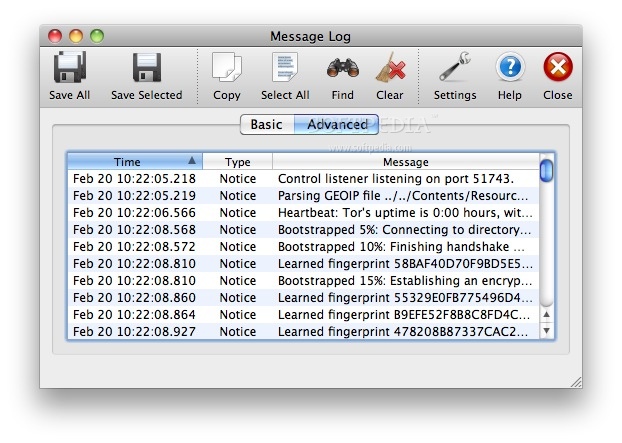On the off chance that you are utilizing OpenVPN China, even on port 443, you may find that your associations are temperamental. The issue is that Chinese government can recognize the distinction between “typical” SSL encryption and VPN encryption.
The arrangement is to veil your OpenVPN China, and make it resemble a normal HTTPS association.
You can do this utilizing one of these systems:
Utilizing OpenVPN through a SSL tunnel
Utilizing OpenVPN through a SSH tunnel
Utilizing an instrument called Obfsproxy
Veiling the OpenVPN China can vary in may different ways.
Here are three VPN suppliers that bolster obscurity:
VPN.AC utilizes TLS-verification to cover OpenVPN handshake bundles (in this manner concealing it from Deep Packet Inspection).
WaselPro VPN underpins SSH tunnel and SSL tunnel as a default.
ExpressVPN utilizes a private system for packet obfuscation.
Note that OpenVPN China obfuscation strategies won’t deal with Android gadgets or iPhones/iPad (yet).
Facilitating Your Own VPN on a VPS
You may need to make your own particular VPS with an OpenVPN China establishment and muddling. I suggest utilizing a dependable VPS like Digital Ocean. You can buy their $5 every month arrangement.
When you have the VPN set-up, you can then introduce a SSL Tunnel:
Utilizing OpenVPN China through a SSL Tunnel
You can make you OpenVPN China activity practically indistinct from customary SSL movement by burrowing it through SSL, in light of the fact that Deep Packet Inspection can’t enter this expansion layer of encryption.
Commonly, you’ll need to introduce the s-tunnel application, furthermore introduce s-tunnel on your VPN server.
Note that utilizing a SSL tunnel will back off your web connection.
UDP is better for any sort of tunnel in light of the fact that its lower overhead and doesn’t attempt to retransmit packets pointlessly. In specific examples retransmitting bundles could be counterproductive. Fundamentally, anything that needs to either have a stateful association or a connection that is “dependable” (i.e. TCP) as of now has bundle retransmission incorporated with the convention. On the off chance that you run two of these conventions on top of one another, (for example, TCP more than a TCP tunnel), then terrible things begin to happen as now you have more than one layer attempting to retransmit bundles. So truly you ought to utilize UDP unless there’s a certain reason you have to utilize TCP, for example, a firewall limitation or something.
OpenVPN China through a SSH tunnel
Utilizing OpenVPN China with a SSH tunnel is fundamentally the same to utilizing it with a SSL tunnel. The distinction is that you wrap your OpenVPN movement with SSH encryption rather than SSL encryption. SSH is the “protected shell” programming used to make associations with shell accounts in Unix.
At the point when utilizing SSH passages, take note of that:
There is confirmation that the Chinese government is easing off SSH connections.
SSH is substantially more than just encryption, subsequently you will see all the more overhead with SSH tunnels.
SSH is hard to situated up on Windows though stunnel is cross stage
Utilizing Obfsproxy
Obfsproxy is a tool intended to make VPN associations hard to recognize. It was made by the Tor system when China began blocking Tor hubs — yet it can be utilized outside of the Tor system to veil VPN associations.
Obfsproxy does not scramble your movement, but rather it likewise does not oblige much overhead, so in the event that it is valuable in nations where transmission capacity is constrained like Ethiopia.
For a step by step OpenVPN over SSH Tunneling Click Here
A step by step on How to Unblock YouTube in China Here




